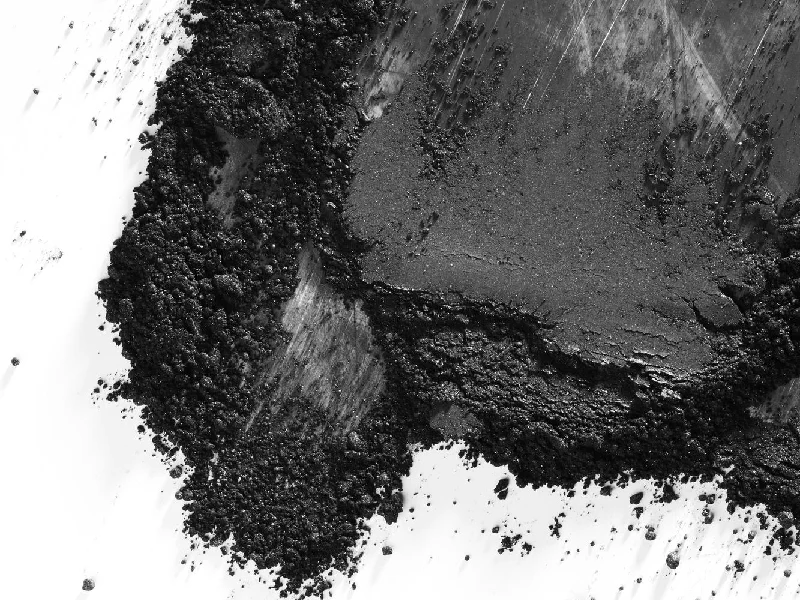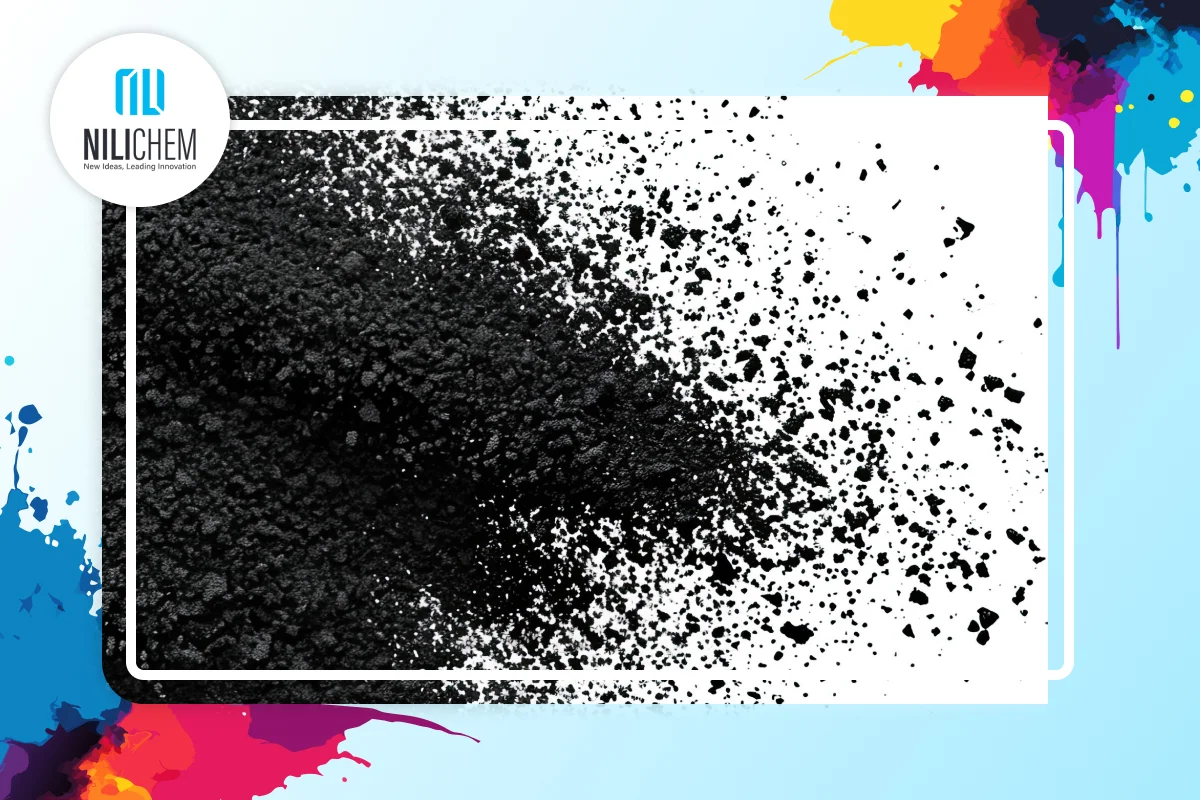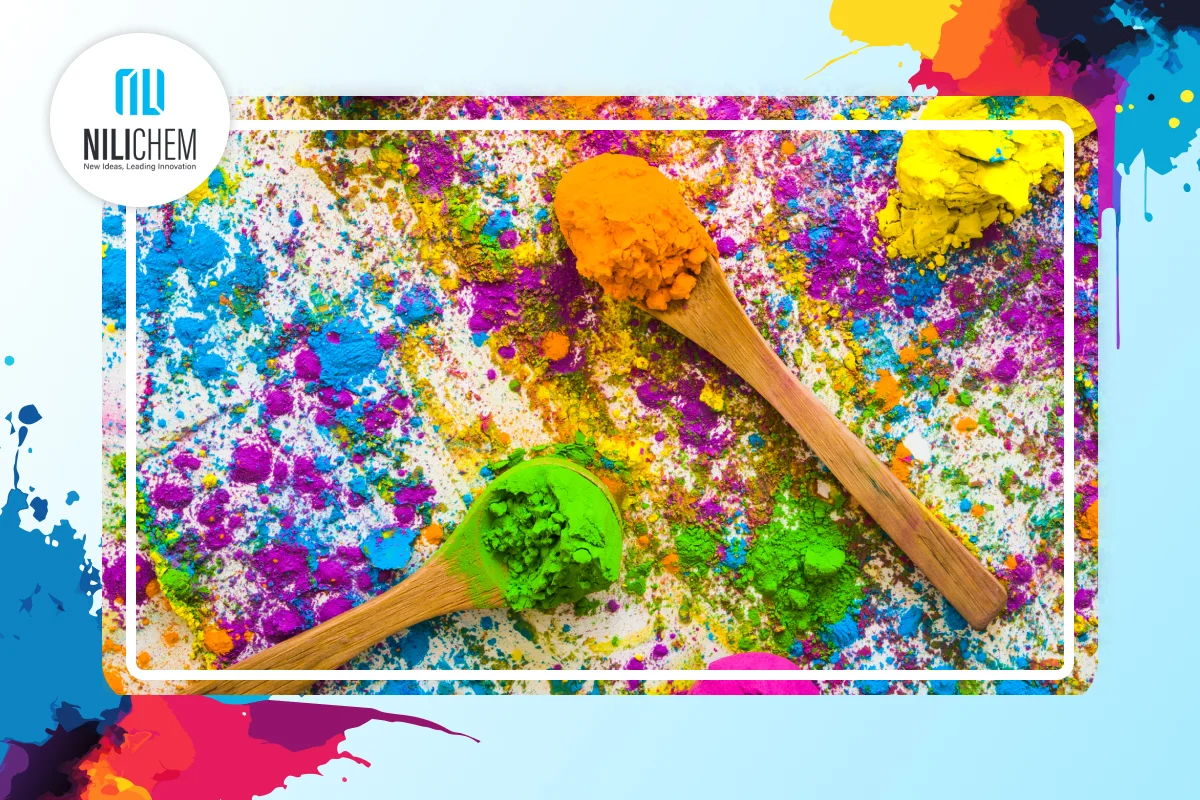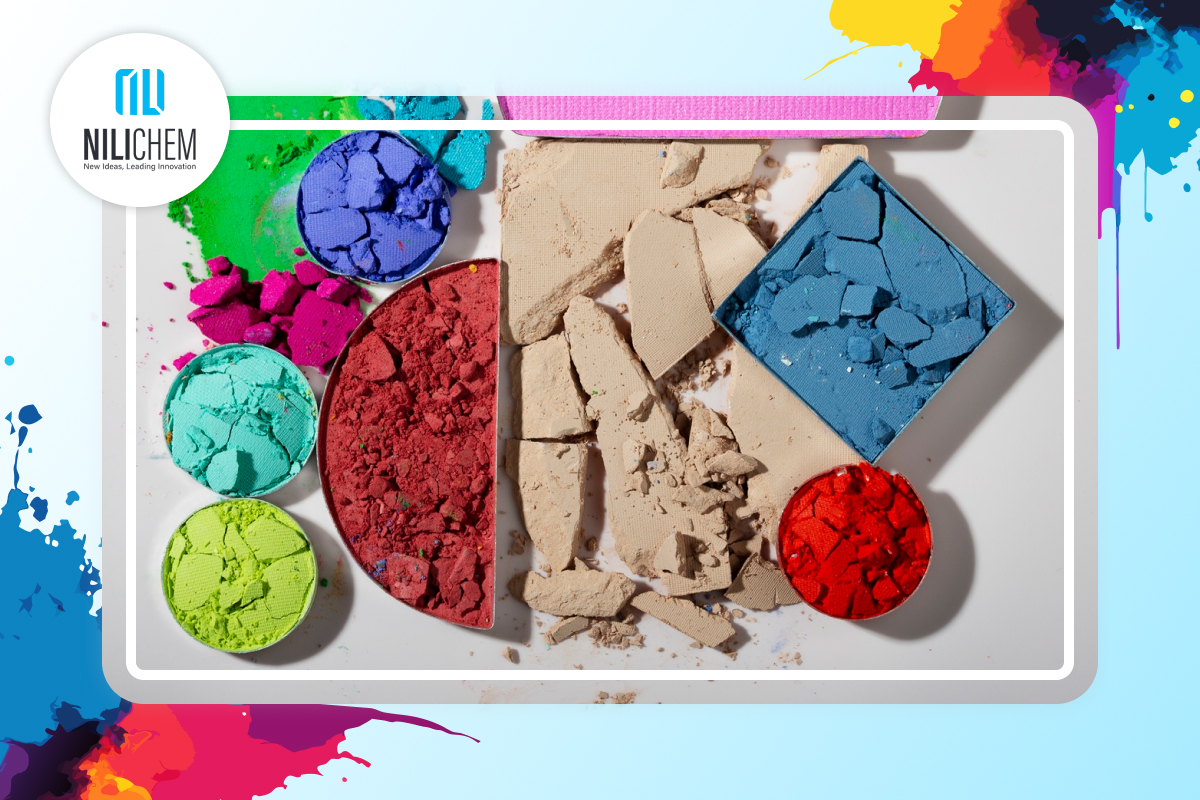Black is one of the most commonly used and popular colors across various industries—from architectural paints to printing inks and cosmetics. However, behind this striking and mysterious color lies a diverse world of pigments, each with its own characteristics, applications, and benefits. In this article, we’ll explore the different types of black pigments and share everything you need to know about them. If you’re trying to choose the best pigment for your product or project, this guide can be a valuable and practical resource.
What Is Black Pigment?
Black pigment is one of the most basic and widely used color compounds in the world. It’s a substance that absorbs light and appears black to the human eye due to minimal light reflection. These pigments are typically made from organic or inorganic materials, and their properties vary depending on the source and production method. Understanding the structure and characteristics of black pigments can help in making more accurate choices for different applications. Beyond aesthetics, black pigments also play crucial roles in product protection, durability, and performance.
Widespread Applications of Black in Various Industries
Thanks to its strong coverage, high color depth, and excellent light absorption, black is used extensively across many industries. In printing and packaging, black pigments are essential for ink formulations. In rubber and plastic manufacturing, they’re used as additives to enhance UV resistance and mechanical properties.
They’re also found in construction paints, cosmetics, automotive manufacturing, and even electronic products. Exploring the different types of black pigments allows manufacturers to select the most suitable option for their specific applications.

Main Categories of Black Pigments
Black pigments are typically classified into four main groups: organic, inorganic, carbon-based, and plant-based. Each category offers unique properties and uses.
- Carbon-based pigments, such as carbon black, are derived from petroleum or gas sources and are the most widely used in industries.
- Inorganic pigments, like black iron oxide, are known for their high resistance and good color stability.
- Plant-based pigments are extracted from natural sources and are ideal for eco-friendly products.
- Organic pigments are recognized for their more vibrant and glossy color qualities.
Understanding these categories helps better assess the functional traits of each pigment type.
Carbon Black: The Most Common Type
Carbon black is the most prevalent and widely used black pigment in the world. It is produced through the incomplete combustion of hydrocarbons and consists of ultra-fine, uniform particles. This makes it highly color-intensive and suitable for applications in rubber manufacturing, printing inks, plastics, and industrial coatings.
Due to its specific structure, it also offers UV resistance, enhancing product longevity. Any discussion of black pigment types would be incomplete without addressing carbon black, as it plays a key role in industrial formulations.
Inorganic Black Pigments (Black Iron Oxide): Durable and Stable
Inorganic black pigments—especially black iron oxide—are valued for their high stability against heat, light, and chemicals, making them ideal for construction and industrial applications. They’re commonly used in architectural paints, flooring, colored concrete, and metal products. One notable benefit is that they are non-toxic and resistant to environmental changes. Among black pigment types, inorganic pigments are a popular choice for manufacturers due to their durability and cost-effectiveness.
Plant-Based Black Pigments: Natural and Safe Options
Plant-based black pigments are derived from natural sources such as charcoal or burned plant seeds. These pigments are used in cosmetics, food products, and environmentally conscious goods. They are ideal for consumers seeking organic or chemical-free options. In the study of black pigment types, plant-based variants hold a special place, especially in health and beauty industries, thanks to their unique properties.
Organic Black Pigments: Vibrancy and Transparency
Organic black pigments are composed of complex carbon-based molecules and are typically used in applications where brighter, purer colors are needed. These pigments blend well with other colors and are widely used in paints and coatings, plastics, and stationery.
Although they tend to be less stable than inorganic and carbon-based types, their clarity and visual appeal make them suitable for applications where aesthetics are key. Reviewing black pigment types reveals that organic pigments are ideal when a sleek, vibrant black finish is desired.
Comparing Black Pigments by Physical and Chemical Properties
When evaluating black pigment types, it’s important to consider their physical and chemical characteristics. Carbon-based pigments offer excellent color intensity and UV absorption but may have more complex dispersion needs in some formulations. Inorganic pigments excel in environmental resistance but typically offer less color depth than carbon-based options. Organic pigments deliver sharper and more vivid blacks, though with reduced stability.
Choosing the Best Black Pigment for Your Application
Selecting the right black pigment involves considering the intended application, environmental conditions, desired color quality, and budget. If you’re seeking strong coverage and durability, carbon black is an excellent choice. For outdoor or construction applications, inorganic pigments are reliable and cost-effective.
For eco-friendly or health-related products, plant-based pigments are the better option. And if a glossy, stylish black is what you’re after, organic pigments will serve you well. Understanding pigment types alongside your project’s needs is the key to making a successful selection.
Key Considerations When Buying and Using Black Pigments
When purchasing black pigment, consider the quality, brand reputation, formulation compatibility, and usage method. It’s best to buy from reputable suppliers and test the pigment on a small scale before full-scale use. Also, pay attention to toxicity levels, tint strength, environmental stability, and price. Studying the different types of black pigments and reviewing their technical specifications will help you make a more informed and economical choice.
Nilgoon Pigment: Leading Black Pigment Manufacturer in Iran
Among domestic manufacturers, Nilgoon Pigment stands out as a leading brand in industrial pigment production. Leveraging modern technology, a strong R\&D team, and high-quality raw materials, the company produces high-performance, eco-friendly black pigments.
Nilgoon Pigment’s products are used across industries such as paint and resin, plastics, printing inks, and construction. If you’re looking for a high-quality, durable, and affordable product, reviewing Nilgoon Pigment’s range of black pigments is a great place to start.

Conclusion
Despite its apparent simplicity, black is backed by science, diversity, and technology. In this article, we explored various black pigments and introduced their types: organic, inorganic, carbon-based, and plant-based. We also looked at their industrial applications and introduced one of the top domestic brands—Nilgoon Pigment. Choosing the right pigment has a direct impact on the final quality of your product. So, compare carefully and use up-to-date knowledge to get the best results.









